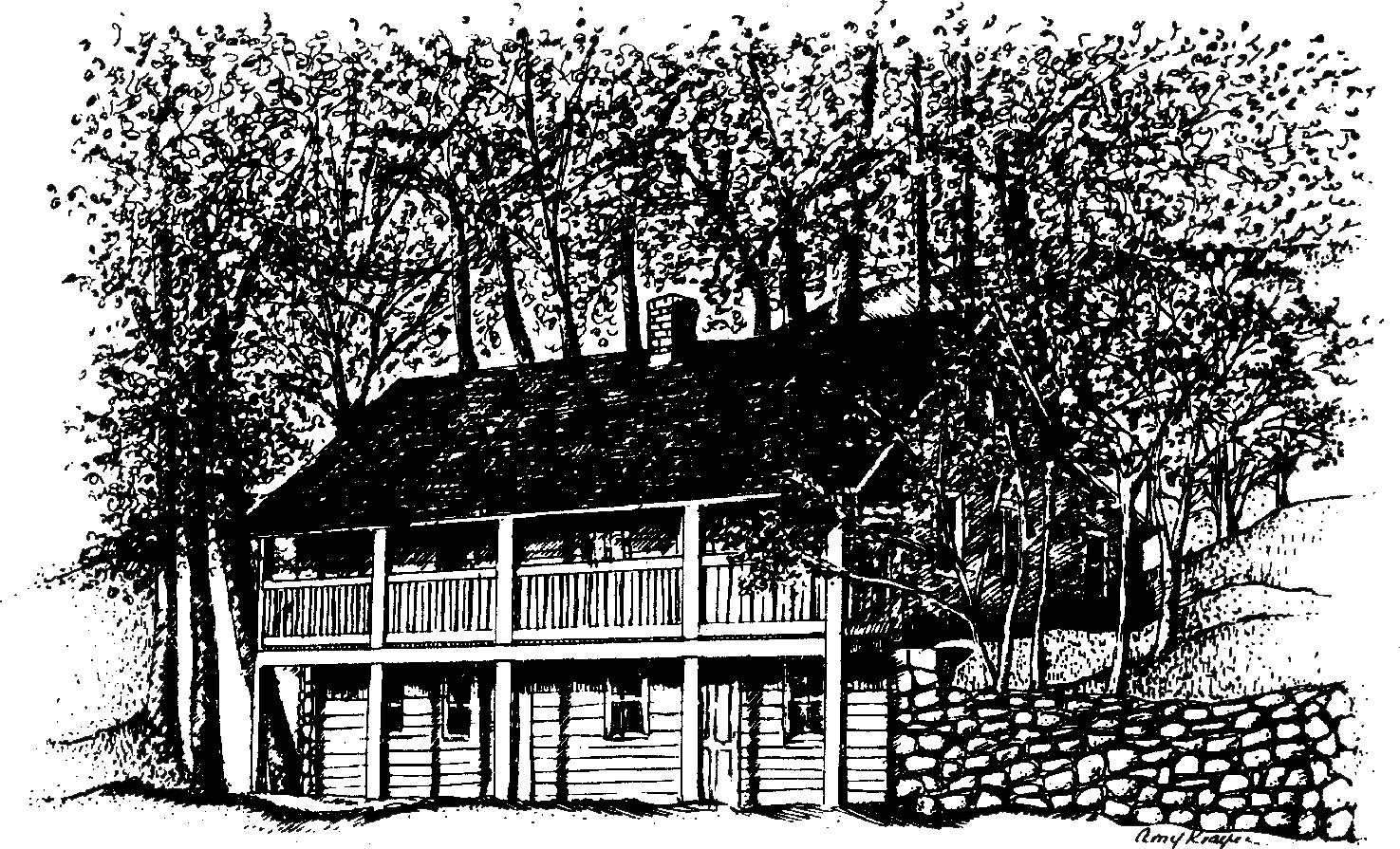The History of Sparta
1795 Drowley Map laying out the hamlet of Sparta. The Jug Tavern is the rectangle at the top right side of the triangle. Olive Street become Spring, Anne became Hudson, Mary and William were not built. Rockledge Avenue (not on the map) connects The Jug Tavern to Liberty Street at Spring Street (Olive on map).
More than 200 years ago, Sparta was transformed from a piece of farmland into a residential community with one of the nation's first subdivision plans. The neighborhood of Sparta, mapped out in November 1795 at the southern end of the Village of Ossining, celebrated its bicentennial on September 23, 1995.
Sparta is the oldest surviving settlement in the Town of Ossining, which includes the Village of Ossining (formerly Sing Sing) and part of the Village of Briarcliff Manor, along the east bank of the Hudson River in Westchester County, New York. Sparta's independent existence ended in 1906 when the Village of Ossining extended its borders southward to encompass Sparta.
Most of the surviving houses of old Sparta can be seen within the boundaries of the Sparta Historic and Architectural Design District (SHADD), which was created May 6, 1975. You can read the Self-Guided Tour of Sparta's Historic Houses.
Guided tours of Sparta are generally led during Open House at The Jug Tavern. For a list of Open House dates at The Jug Tavern, see the Sunday Walking Tours page.
The centerpiece of the tour is The Jug Tavern, built in about 1760 as the home of a tenant farmer, Peter Davis, who rented 200 acres of Philipsburg Manor, including the land that later became Sparta. The Manor was confiscated after the Revolutionary War by the Commissioners of Forfeitures because the Lord of the Manor, Frederick Philipse III, had been a loyalist during the war.
Davis bought his farm from the Commissioners in 1785, but defaulted on a mortgage on 70 acres of the land in 1794. The mortgaged land passed to James Drowley, who wanted to lay out a plan for a housing development on his new property, but he died before he could fulfill his dream. Drowley's executors carried out his wishes by commissioning a survey and plan of Sparta, prepared in November 1795. The original of that survey is on display in The Jug Tavern.


